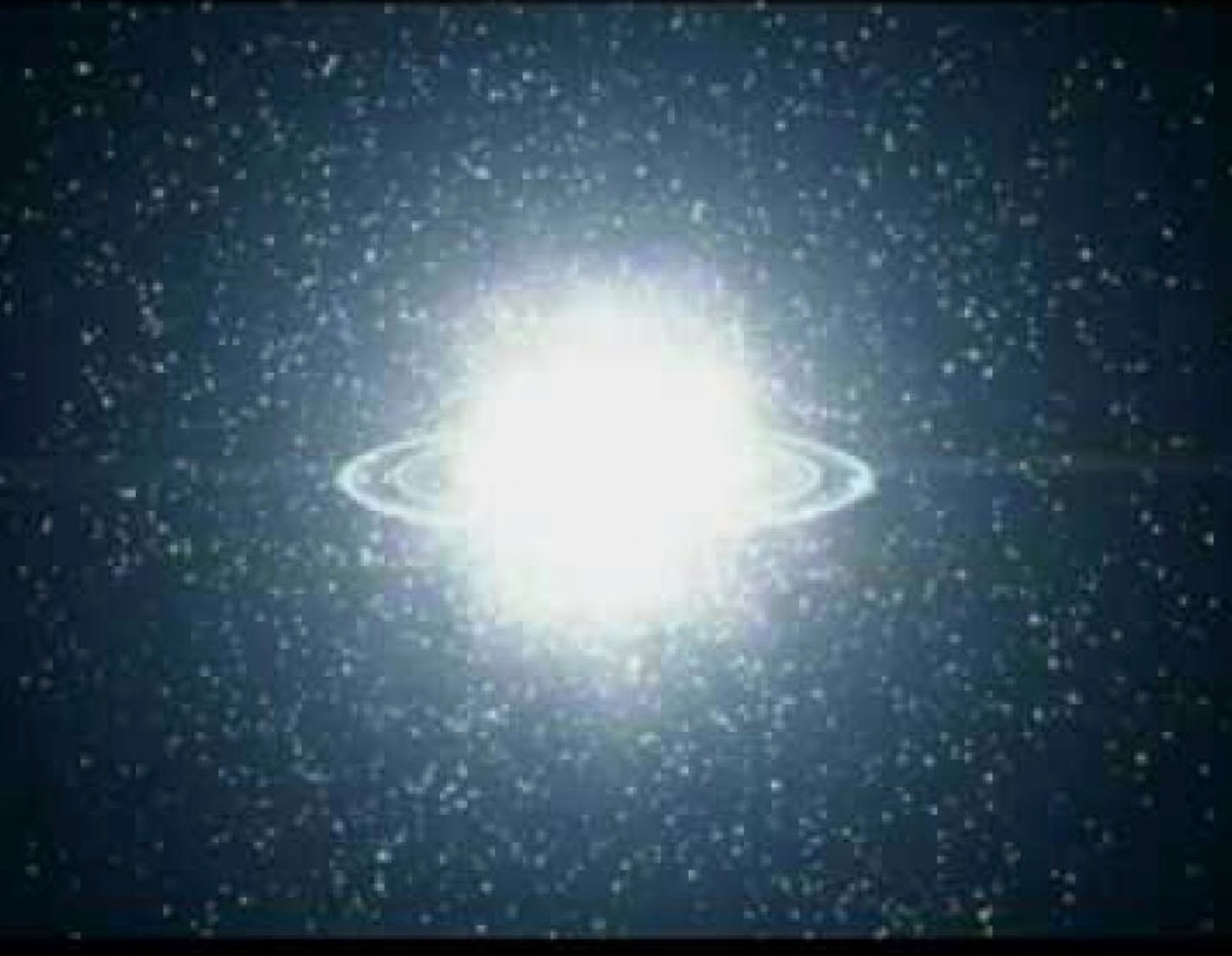
The depths of consciousness
The Buddhist concept of 9 levels of consciousness provides a great template for a life of transformative change. And it matters not at all what religion you choose. The teaching of the close interconnectedness of all living things is universal. It shows how changes we make for the better in our lives lead to positive changes in others. We are all connected like myriad cogwheels, which is true regardless of any religious affiliation.




![Reblog this post [with Zemanta]](https://img.zemanta.com/reblog_e.png?x-id=9997239f-775b-45e6-a17f-db5df149ee3f)





